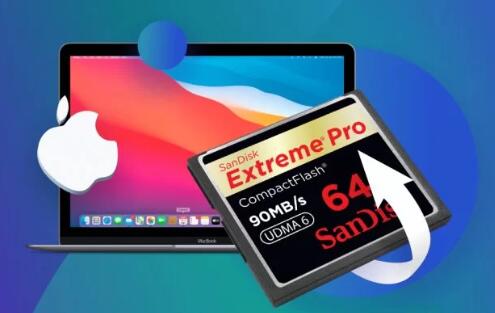Recovering files from an SD card after formatting can be a complex task, but it is often possible with the right approach and tools.
Formatting
When an SD card is formatted, the system essentially resets the file system and removes the references to files stored on the card. However, the actual data is often still present on the card until it is overwritten by new data. The goal of recovery is to retrieve this data before it is overwritten.
Step-by-Step Guide to Recover Files from an SD Card
1. Stop Using the SD Card
The first and most crucial step is to stop using the SD card immediately after formatting. Continued use can overwrite the data you are trying to recover, making the recovery process more difficult or even impossible.
2. Choose the Right Recovery Software
Several data recovery software options are available that can help retrieve files from a formatted SD card. Here are some popular ones:
Recuva: A user-friendly tool that offers a free version with basic recovery features.
EaseUS Data Recovery Wizard: A more advanced tool with a straightforward interface and strong recovery capabilities.
Disk Drill: Known for its comprehensive recovery options and easy-to-use interface.
PhotoRec: A powerful open-source tool that supports a wide range of file types.

3. Download and Install the Software
Choose one of the recovery tools mentioned above and download it from its official website. Install it on your computer, making sure to avoid installing it on the SD card you are trying to recover data from, as this could overwrite the data.
4. Connect the SD Card to Your Computer
Use a card reader to connect the SD card to your computer. Ensure that the card is properly inserted and recognized by your system.
5. Run the Data Recovery Software
Open the data recovery software you installed. The steps might vary slightly depending on the software, but generally, you will need to follow these steps:
Select the SD Card: Choose the SD card from the list of available drives.
Choose the Type of Scan: Most software offers quick and deep scans. A quick scan is faster but may not recover all files, while a deep scan takes longer but searches more thoroughly.
Start the Scan: Initiate the scan and wait for the software to analyze the SD card. This process can take a while, depending on the size of the card and the amount of data on it.
6. Review the Results
Once the scan is complete, the software will display a list of recoverable files. Review this list to find the files you need. Most recovery tools allow you to preview files before recovery, so you can confirm their integrity.
7. Recover the Files
Select the files you want to recover and choose a destination to save them. It’s important to save the recovered files to a different drive or location to avoid overwriting any remaining data on the SD card.
8. Check the Recovered Files
After the recovery process is complete, check the recovered files to ensure they are intact and usable. Some files might be corrupted or incomplete, especially if they were heavily fragmented or partially overwritten.
Tips for Successful Data Recovery
Act Quickly: The sooner you attempt recovery after formatting, the higher the chances of success.
Use Reliable Software: Choose reputable data recovery tools to ensure the best results and avoid additional data loss.
Avoid Overwriting: Do not write new data to the SD card before recovery, as this can overwrite existing data and reduce the chances of successful recovery.
Backup Regularly: To prevent data loss in the future, make regular backups of your important files.
When to Seek Professional Help
If the above steps do not yield the desired results or if the SD card has physical damage, it may be best to consult a professional data recovery service. These services have specialized equipment and expertise to recover data from damaged or corrupted media, but they can be costly.
About us and this blog
Panda Assistant is built on the latest data recovery algorithms, ensuring that no file is too damaged, too lost, or too corrupted to be recovered.
Request a free quote
We believe that data recovery shouldn’t be a daunting task. That’s why we’ve designed Panda Assistant to be as easy to use as it is powerful. With a few clicks, you can initiate a scan, preview recoverable files, and restore your data all within a matter of minutes.
Subscribe to our newsletter!
More from our blog
See all postsRecent Posts
- How to recover lost files on flash drive? 2024-12-26
- What can messed up flash drive cybersecurity? 2024-12-26
- My flash drive isn’t working on adaptor mac 2024-12-26










